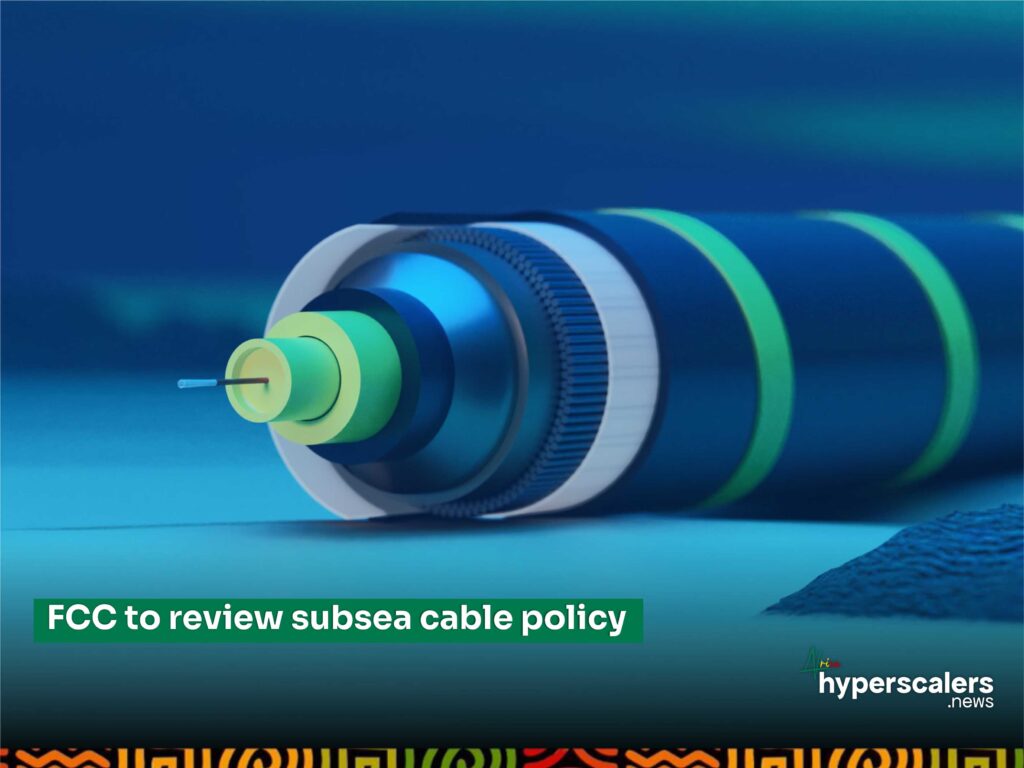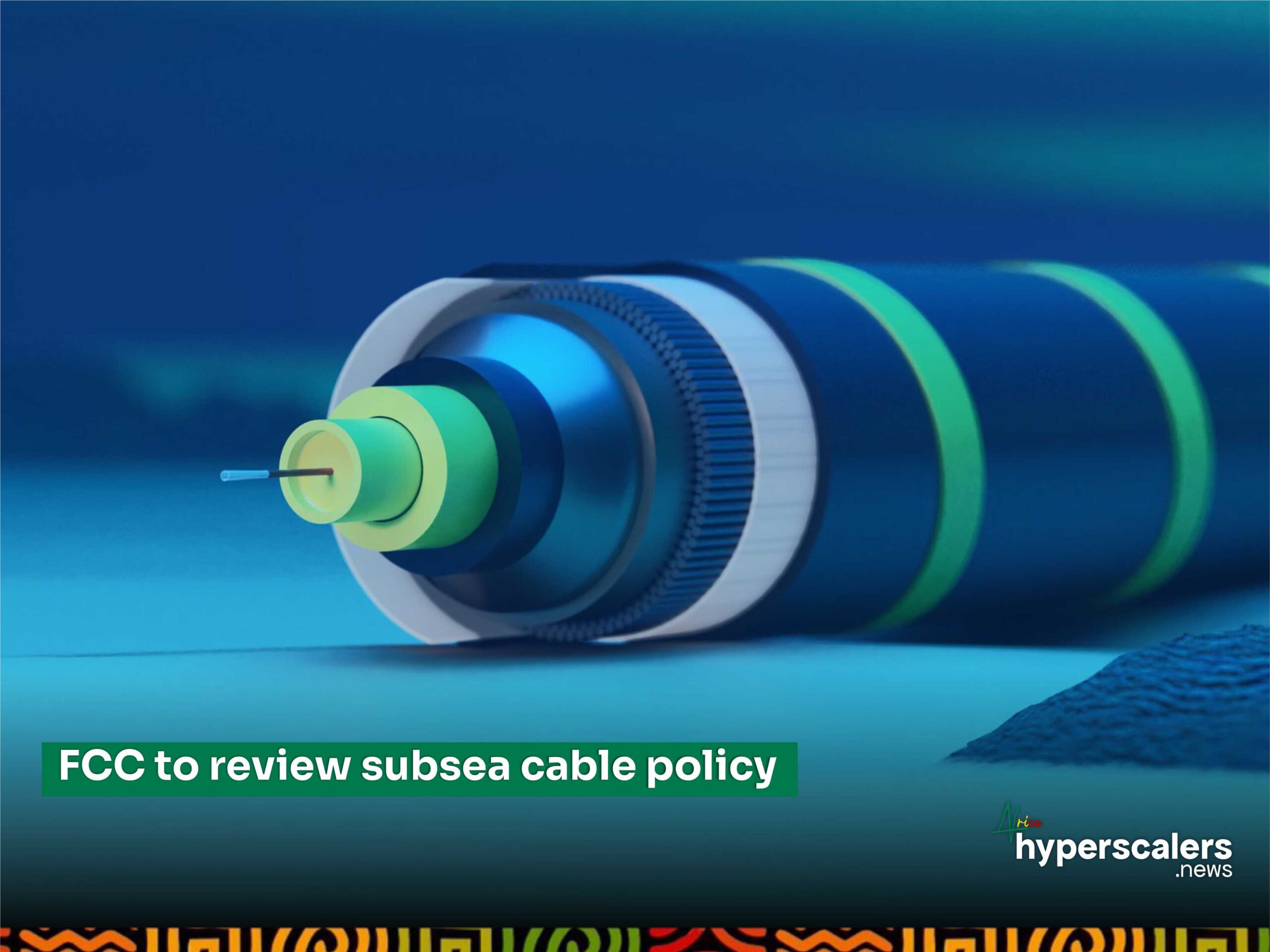The Federal Communications Commission (FCC) plans a comprehensive review of its subsea cable licensing rules. Approved on November 21, the agency’s Notice of Proposed Rulemaking outlines its plans to enhance the security and protection of subsea infrastructure, while also streamlining the licensing process.
At present, obtaining a cable landing license involves navigating applications through multiple federal agencies. The FCC’s proposal includes introducing a periodic reporting requirement, with cable landing licensees required to submit updates every three years. In addition, the FCC is seeking public comment on the possibility of shortening the current 25-year license term.
The agency also recently proposed the creation of a “Covered List” that bars communications equipment and services deemed to pose an unacceptable risk to national security from being authorised for importation or sale in the US.

National security will be a central focus of the review, and the FCC proposes that companies holding international telecommunications authorizations must file renewal applications with the FCC.
This review will be the first of its kind since 2001. Currently, there are 84 FCC-licensed submarine cable systems in operation, with licensees offering more than 5.3 terabits per second (Gbps) of available capacity and an additional 6.8 million Gbps expected to be deployed soon.
The FCC’s statement noted, “The agency proposes a three-year periodic reporting requirement for cable landing licenses and, in the alternative, seeks comment on shortening the current 25-year license term.”
The expected lifetime of a cable was previously pegged at 25 years but its economic life depends on a system’s revenues, or economic value.
While a cable may effectively reach its end of economic life, it may remain in service due to route diversity, corporate strategy, or national security.





